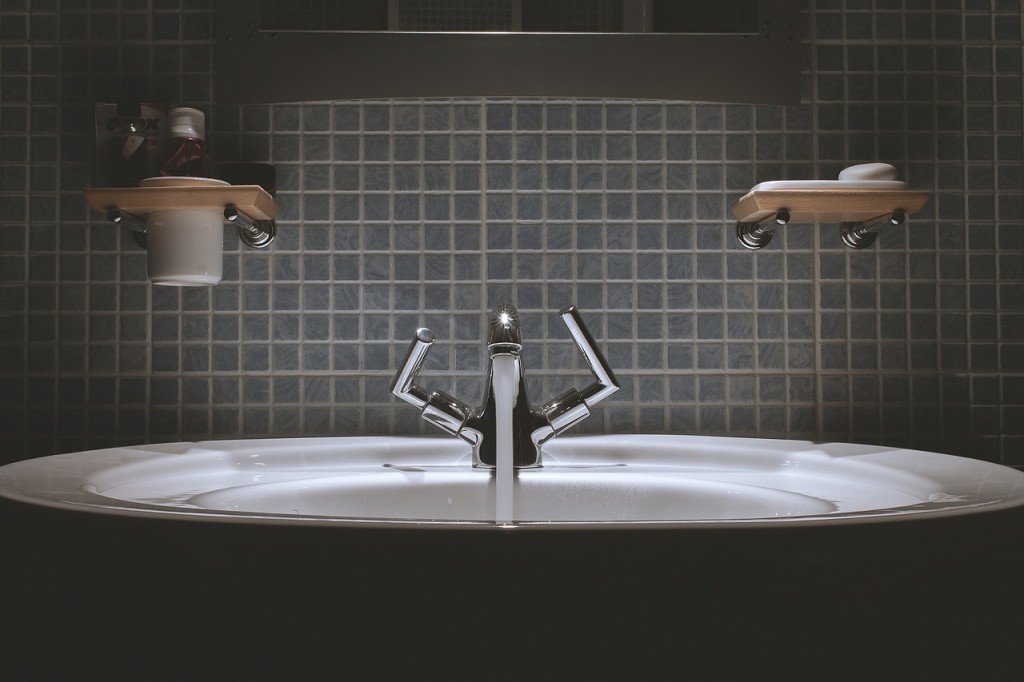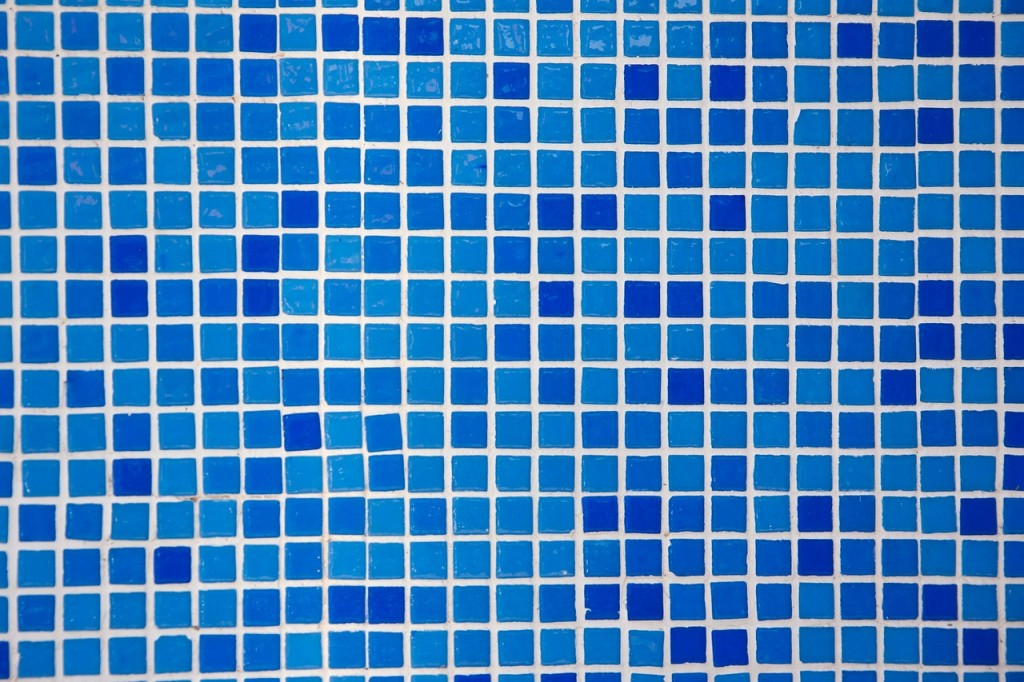A bathroom is a very damp space. The walls can often be spilled over with water and thus it is absolutely necessary to maintain the walls of the bathroom. However, there is some houses use wallpaper for the same purpose. There are tiling involved in the bathroom though but just enough. The wallpapers are used to reduce the tiling cost and they add a valuable change in the decor of the bathroom.

The glue of the wallpaper starts to wear off and the end of the wallpaper starts flagging at the corners. Additionally, the paper can always be drenched by water and become soggy. The panels and walls expand and make rents in the wallpaper which in the end make the deciding factor in changing the wallpaper.
What to do with the old wallpaper?
The wallpaper needs redecorating. But it is going to be very time consuming to try to scrap the wallpaper off the wall. It can damage the wall and most of the times; the removal process is never complete. Bits and pieces of the wallpaper will be too difficult to remove and eventually the entire removal process will be a waste of time and efforts. The cramped space of the wallpaper will not help either as it will reduce the efficiency of your efforts.
The alternative is to apply a fresh coat of paint over the existing wallpaper. It is not as hard as scraping off the wallpaper but it is definitely less time consuming. Since the size of wallpapers used in the bathroom are generally less than the amount of walls covered by wallpaper in the other rooms, this requires less materials.
If you are remodeling the house and have some extra materials which will not be enough for the whole room, those same materials will be enough for the bathroom. It ultimately reduces the cost of the entire process. The paintwork will require a paintbrush, roller, primer and sanding material. Bits and pieces of old discarded cloth will be helpful too in the same process.

How to paint in the bathroom?
This simple process can be done with the help of certain simple steps. The steps are in general same for almost every painting job and so can be followed if you plan to paint over wallpaper in the other rooms too.
1. Preparation:
The first step will be to remove all the mobile things from the bathroom. This will include the medicine box, buckets and other bathroom utilities. Then cover all the drains and openings in the room. These openings will be the drains, the latrine and the bathtub. Cover them up using cloth or plastic scrapings. Lastly, cover the sockets and electrical connections with an isolation tape so that there is no chance of an electrical misfire.
2. Sanding:
Sanding is a process that is set out to create a lot of dust in the process. If you have ever used sand paper then you will know why the open drains need to be covered up properly. The alternative for this heavy sanding process is scuffing. This scuffing is possible and easier than the alternative. It creates a uniform layer of filed wallpaper that can be used as the base for priming.
Sanding is a backbreaking process and will require work. If the floor of the bathroom is damp, then the process should be deferred. This will make sure that the scrapings of the wallpaper are not mixed with the water on the floor and also, it be easier to clean up after the painting process is done.
3. Priming:
Priming needs to be done perfectly so that the paint job looks ideal. The layers of primer needed depend solely on the condition of the wallpaper and the color of the wallpaper. Since primer is being put in the bathroom, then using a oil based primer will be the best option, typically TSP primers are used for the same purposes.
The primer can be applied over with the help of paintbrush and roller. The paintbrush will better for the closed space in the bathroom whereas the roller can be used to flatten the primer layers. Each layer of the primer will require about two hours drying up. Only after drying the need of another layer can be determined.
Sometimes because of cracks and fissures in the wallpaper, the primer will not be perfectly uniform. Here a drying and filling compound is used. The compound can be easily mixed over and applied over the walls. This will also help in covering the seams between the wallpaper and any other irregularities which were left out by sanding.
After drying, the compound itself will require another sanding layer. This is to perfectly flatten the compound and remove any compound discontinuities. A last primer layer will complete the entire process and the wall will be ready for painting.
4. Painting:
Layers of discarded and waste cloth can be lined up against the wall so that there dripping color does not mark the floor. The color and the style of painting will depend on the other bathroom accessories and so it is purely subjective. However, we would advise oil based paint to be used here too so that there is an extra protection against the water that is present in the bathroom.
Simple brush technique will cover the walls of the bathroom in no time. Roller can be used to have a uniform layer of the paint over the walls though a paint sprayer will result in the best experience. More than one layer can also be done and it will increase the intensity of the paint color. The paint done will be take less than an hour to dry up and will completely change the look of the bathroom.
The remaining steps are just cleaning up the bathroom. Remove the cloth and open up the drainage. Using a broom and disposer is recommended and not a vacuum cleaner. Lastly, all the electrical connections are to be reconnected so that the bathroom can return to its functionality.
Incoming search terms:
- painting over wallpaper in bathroom
